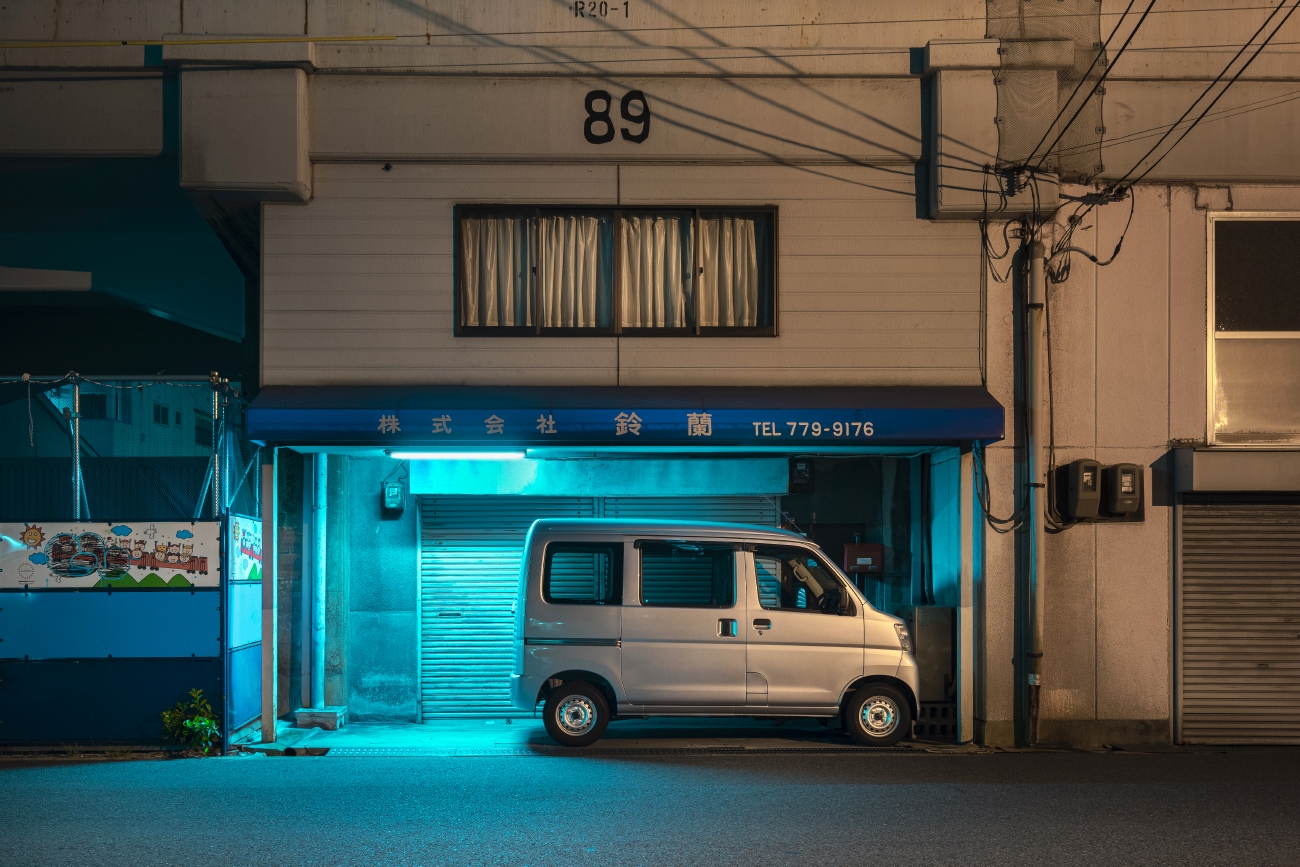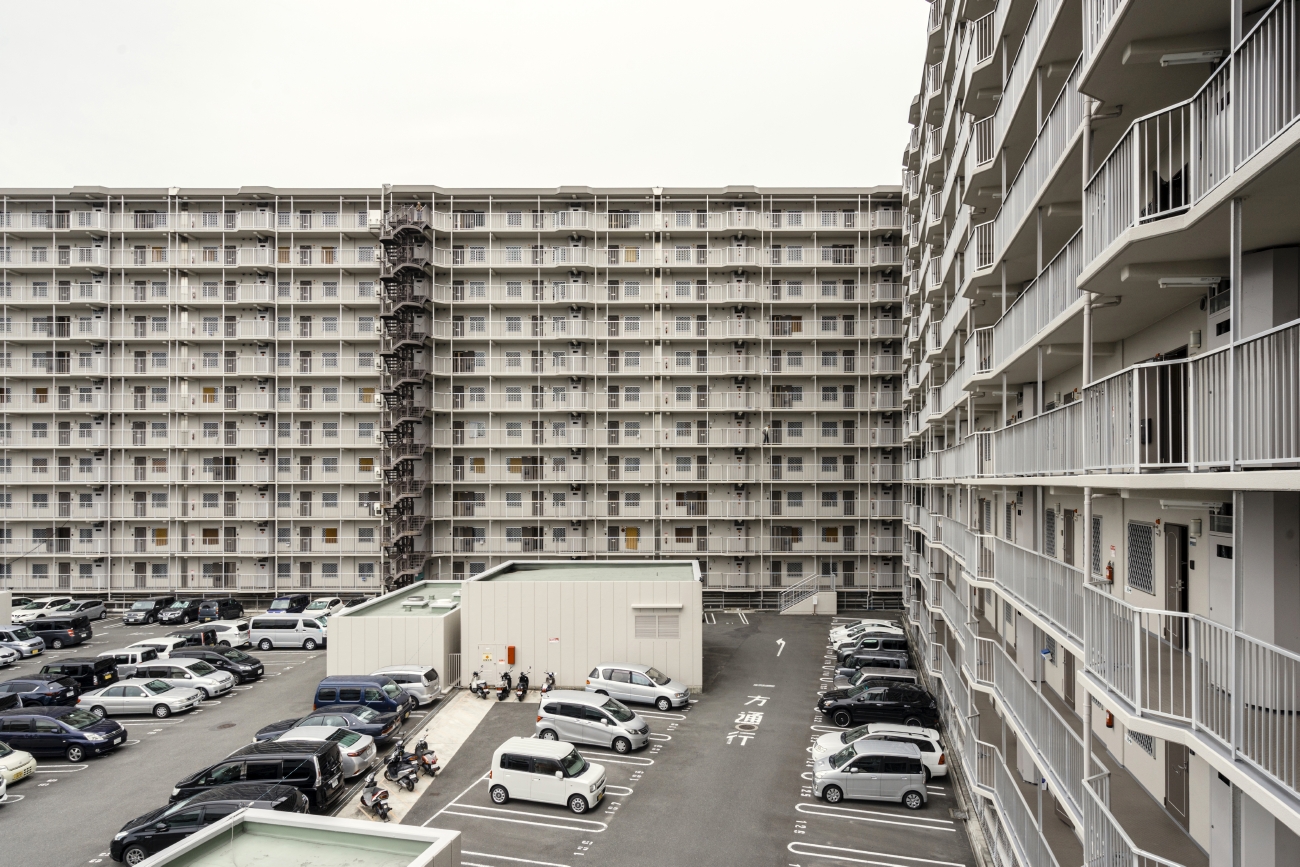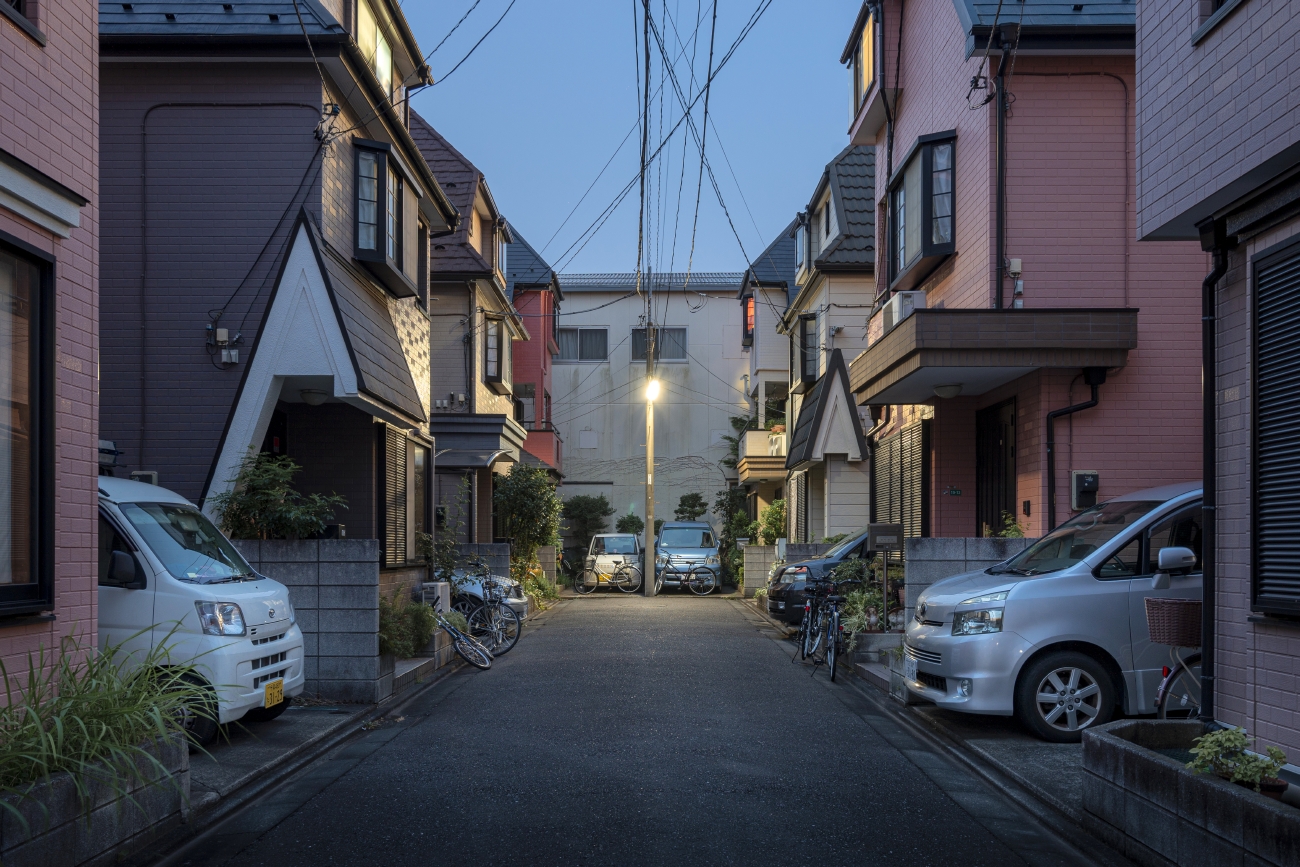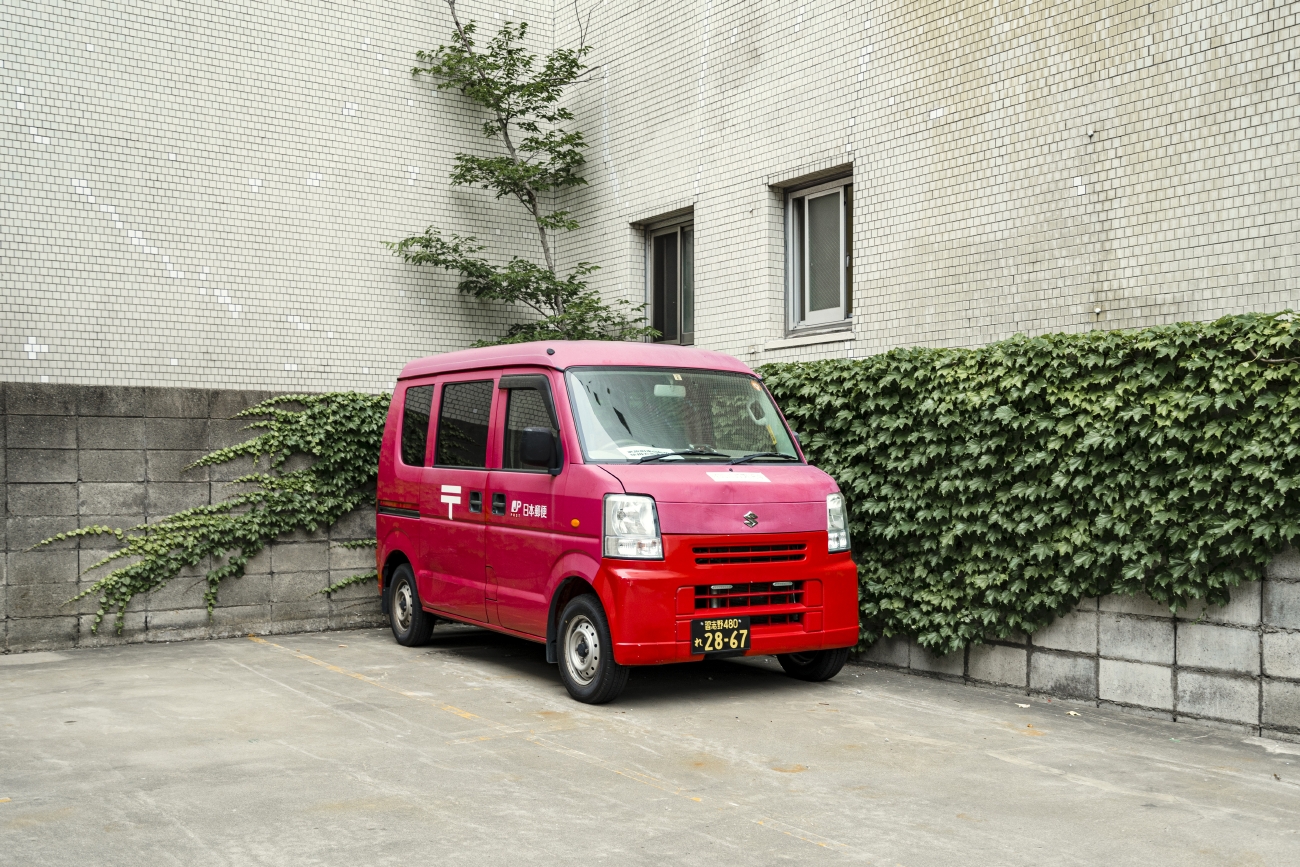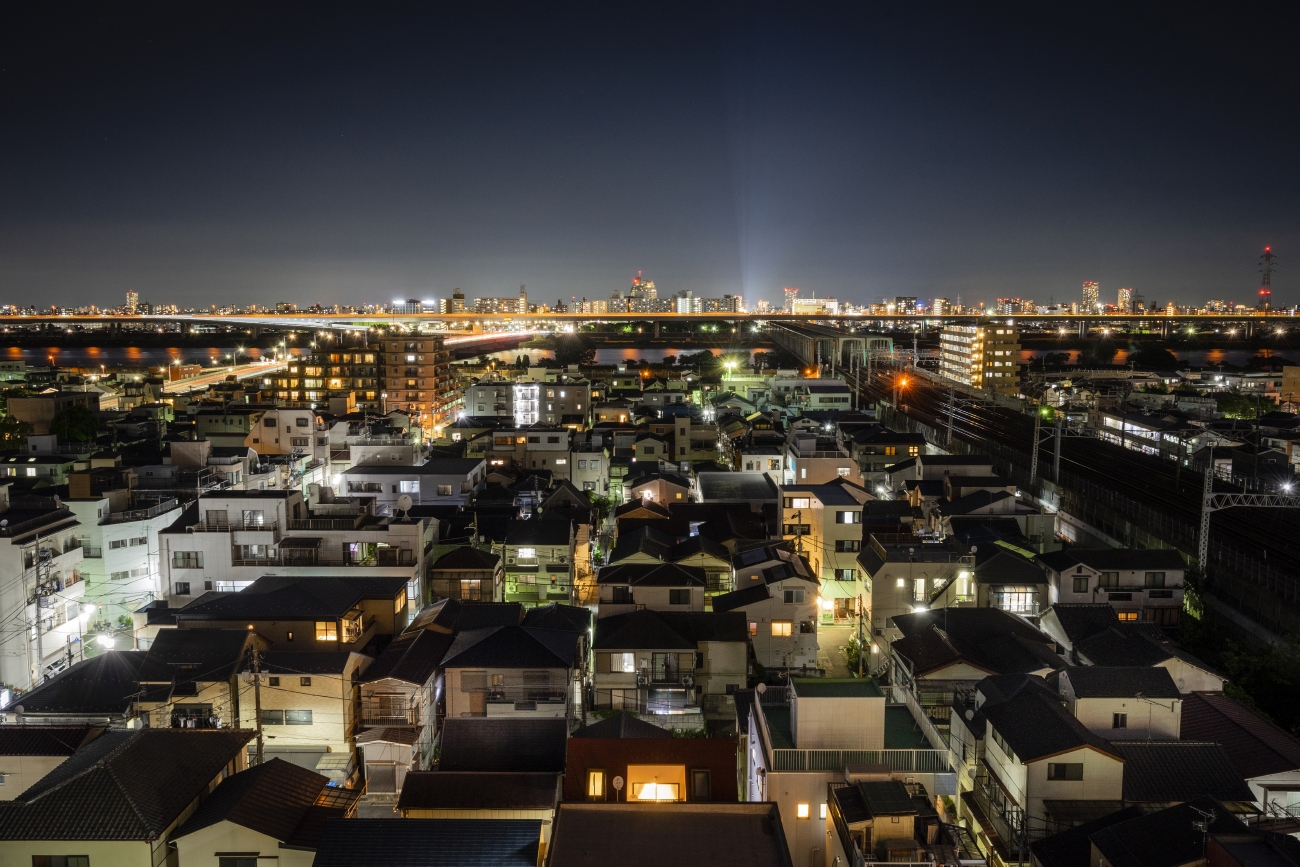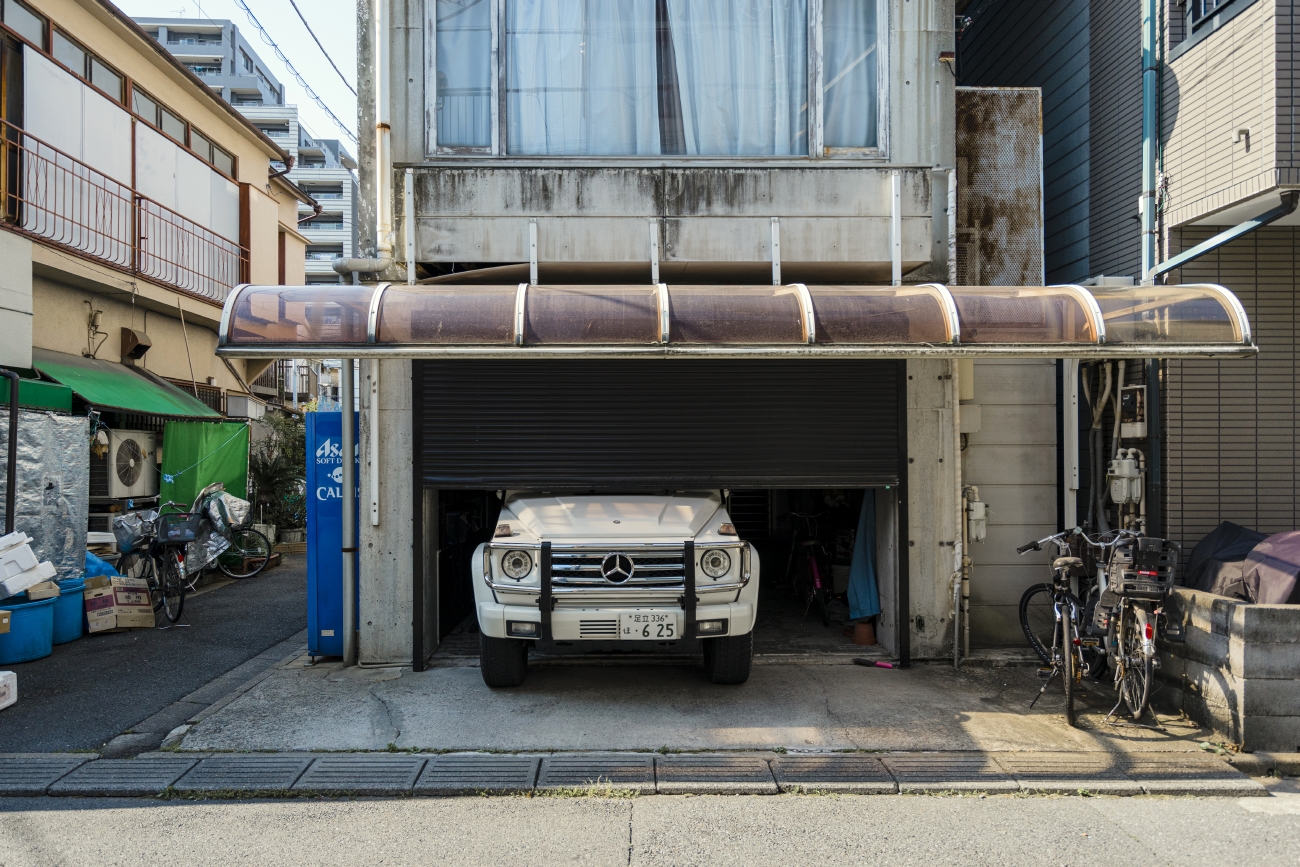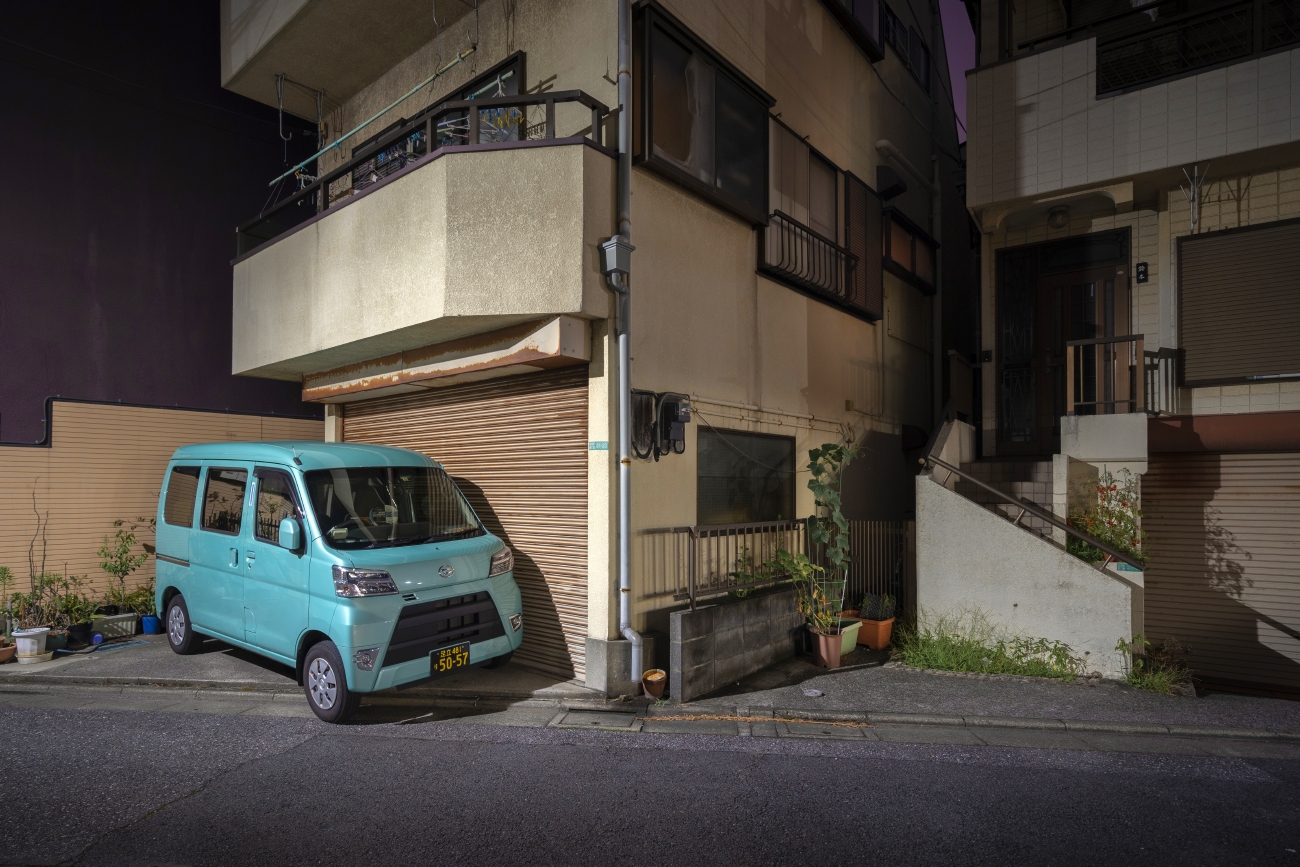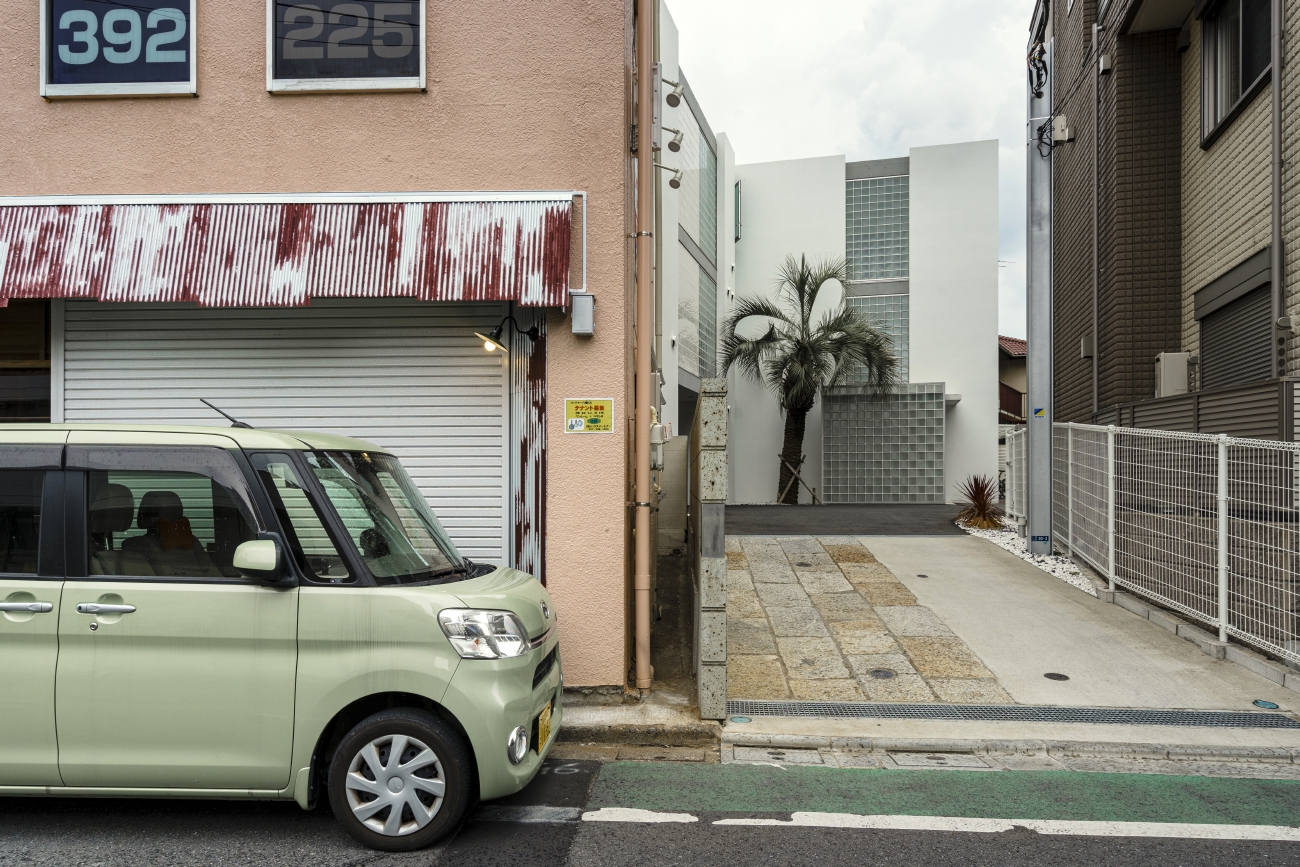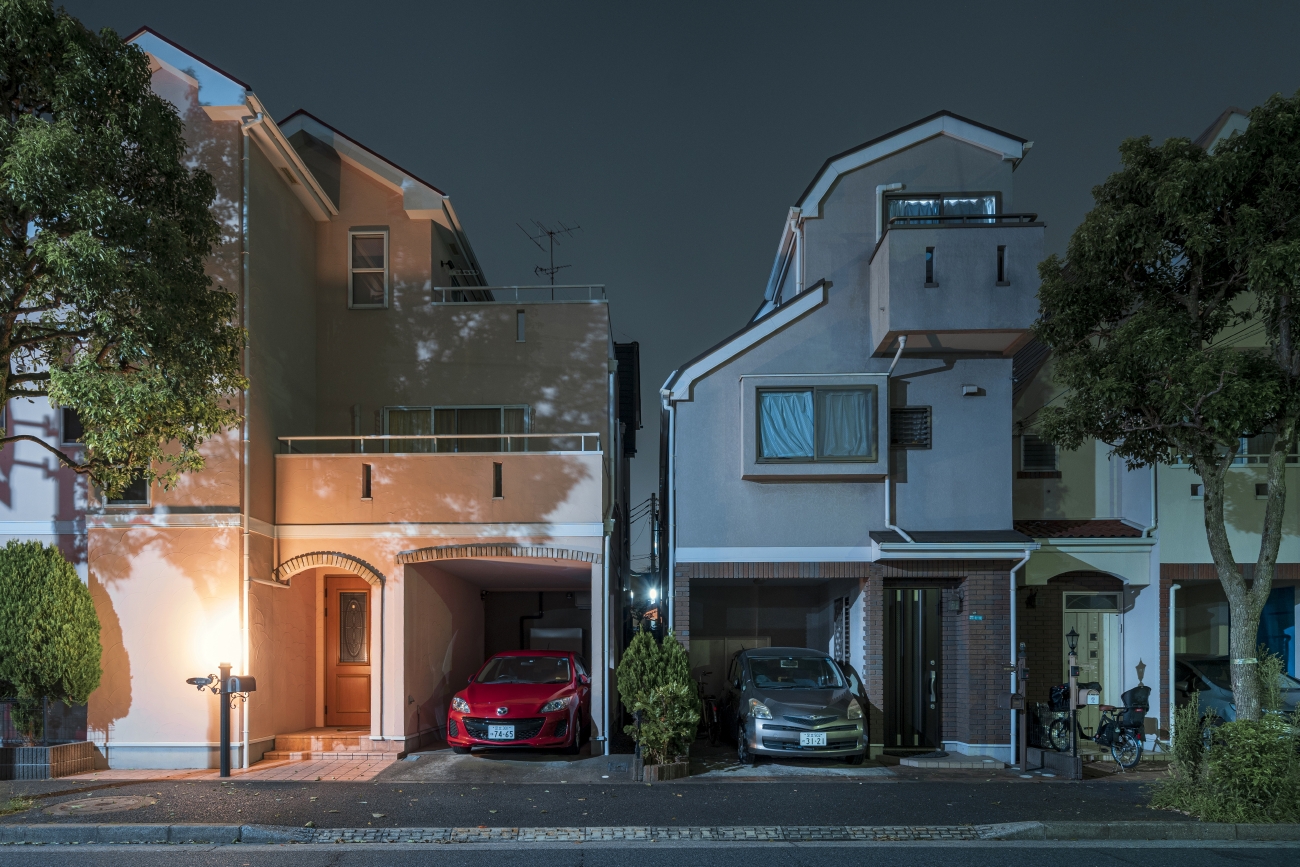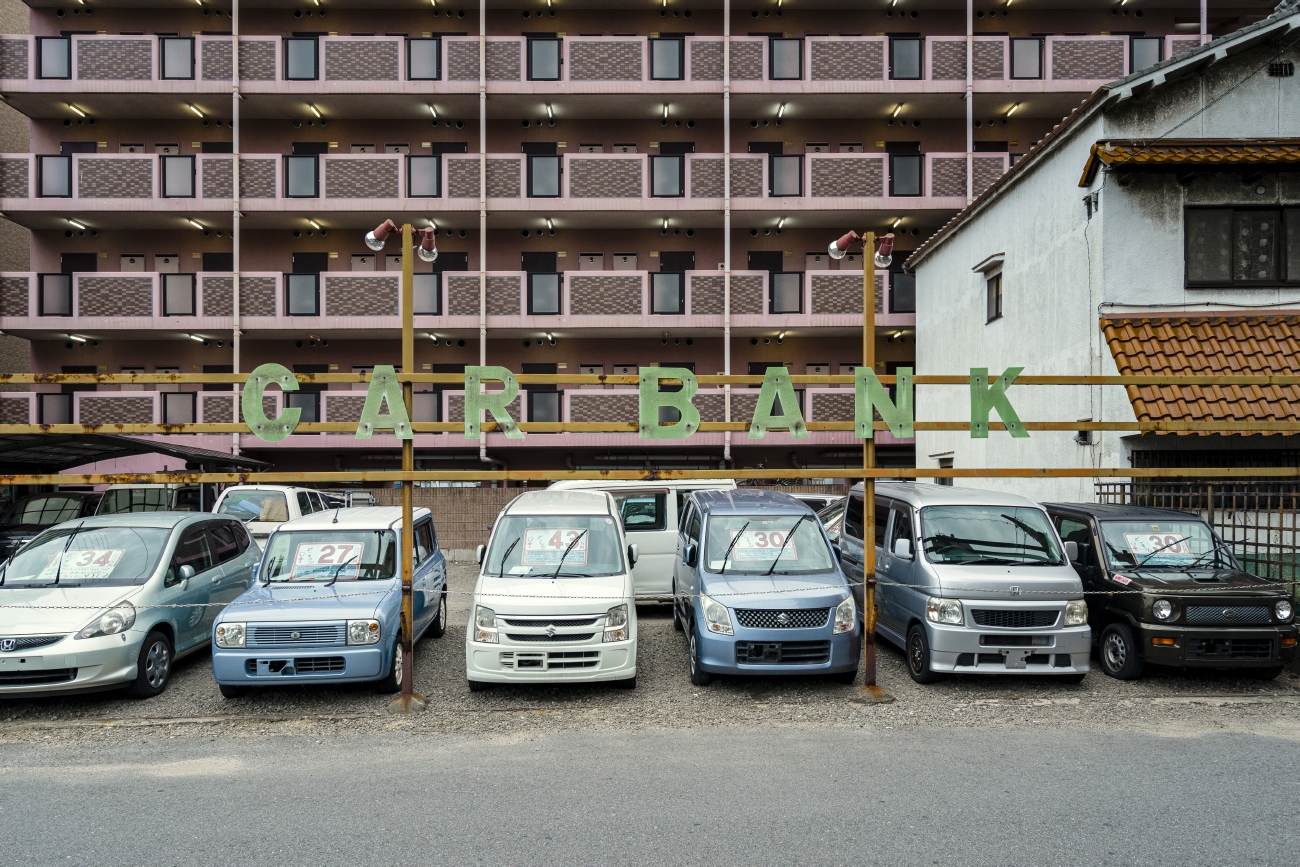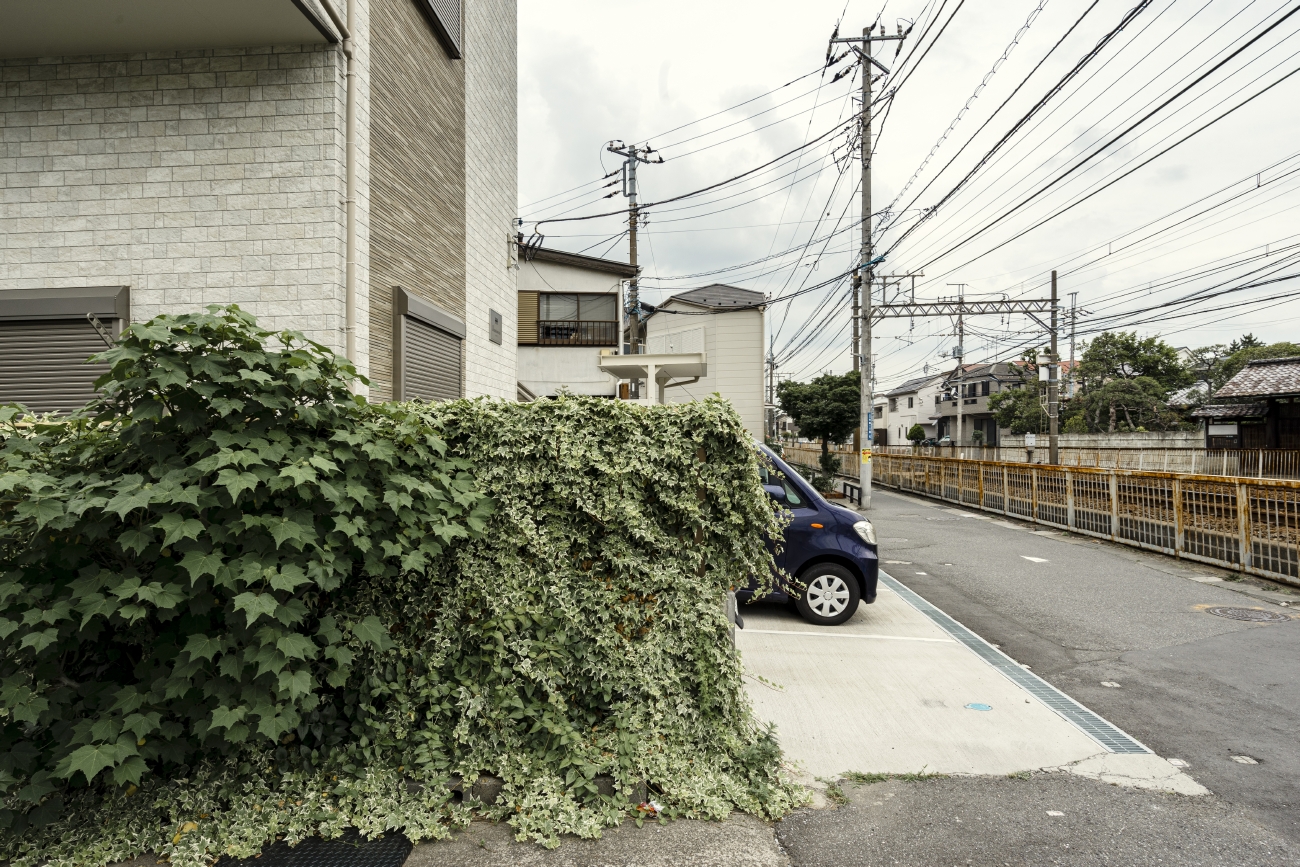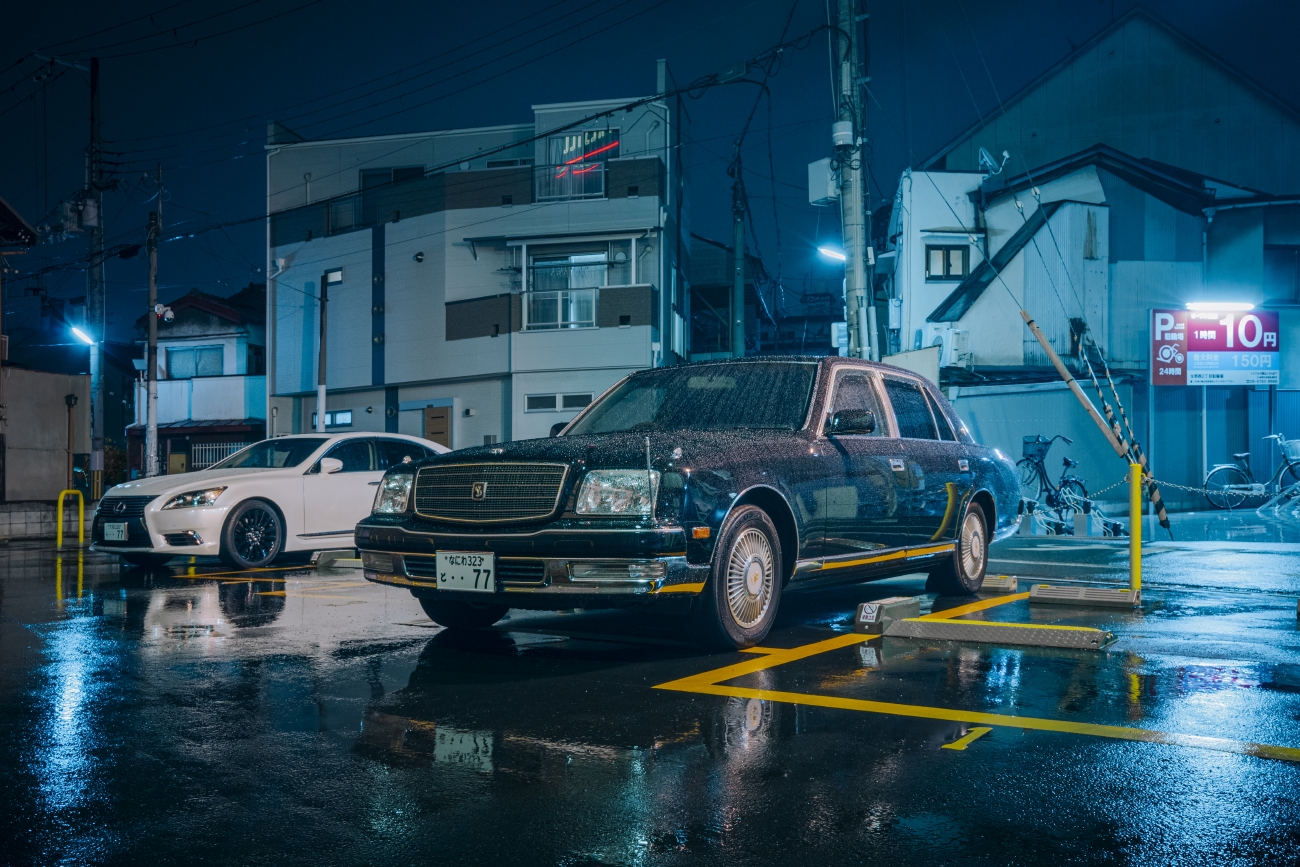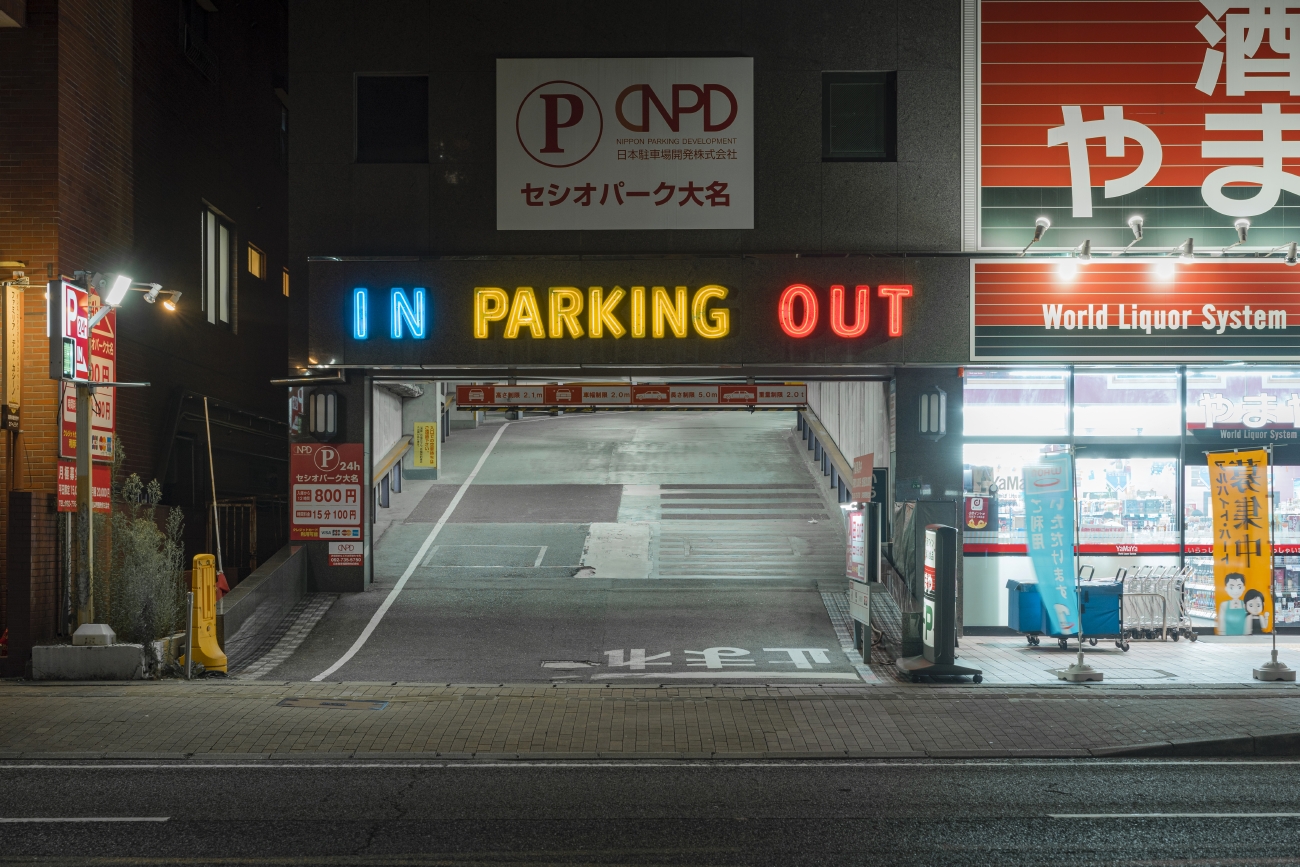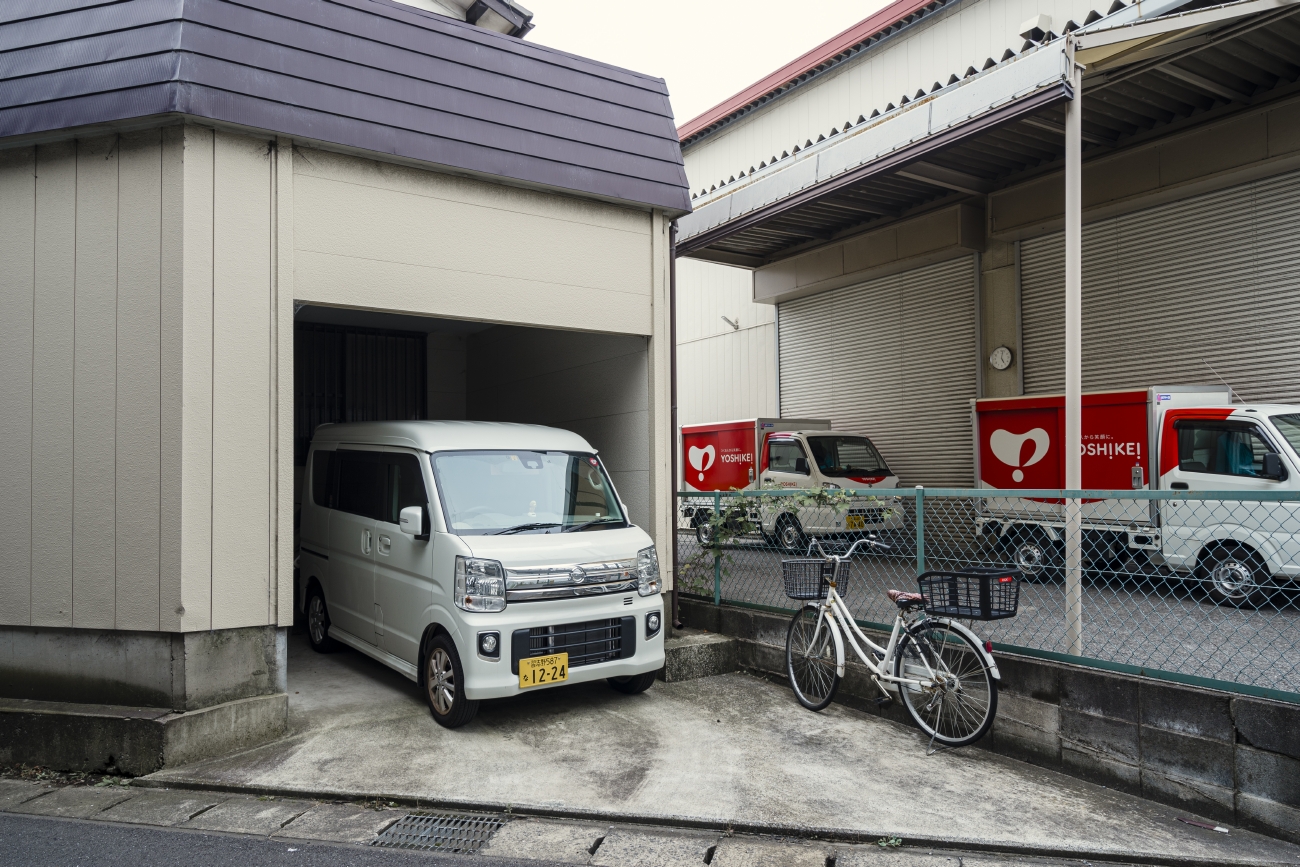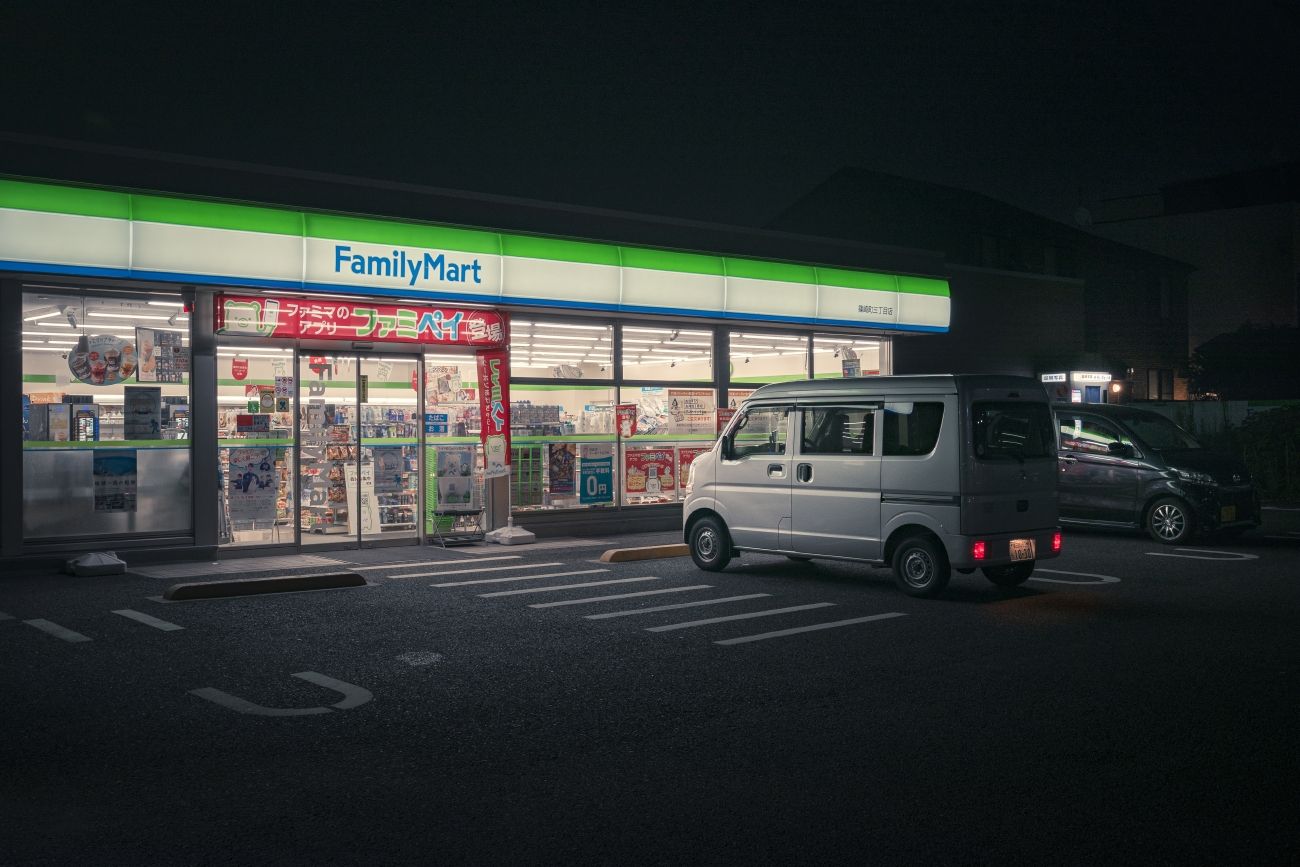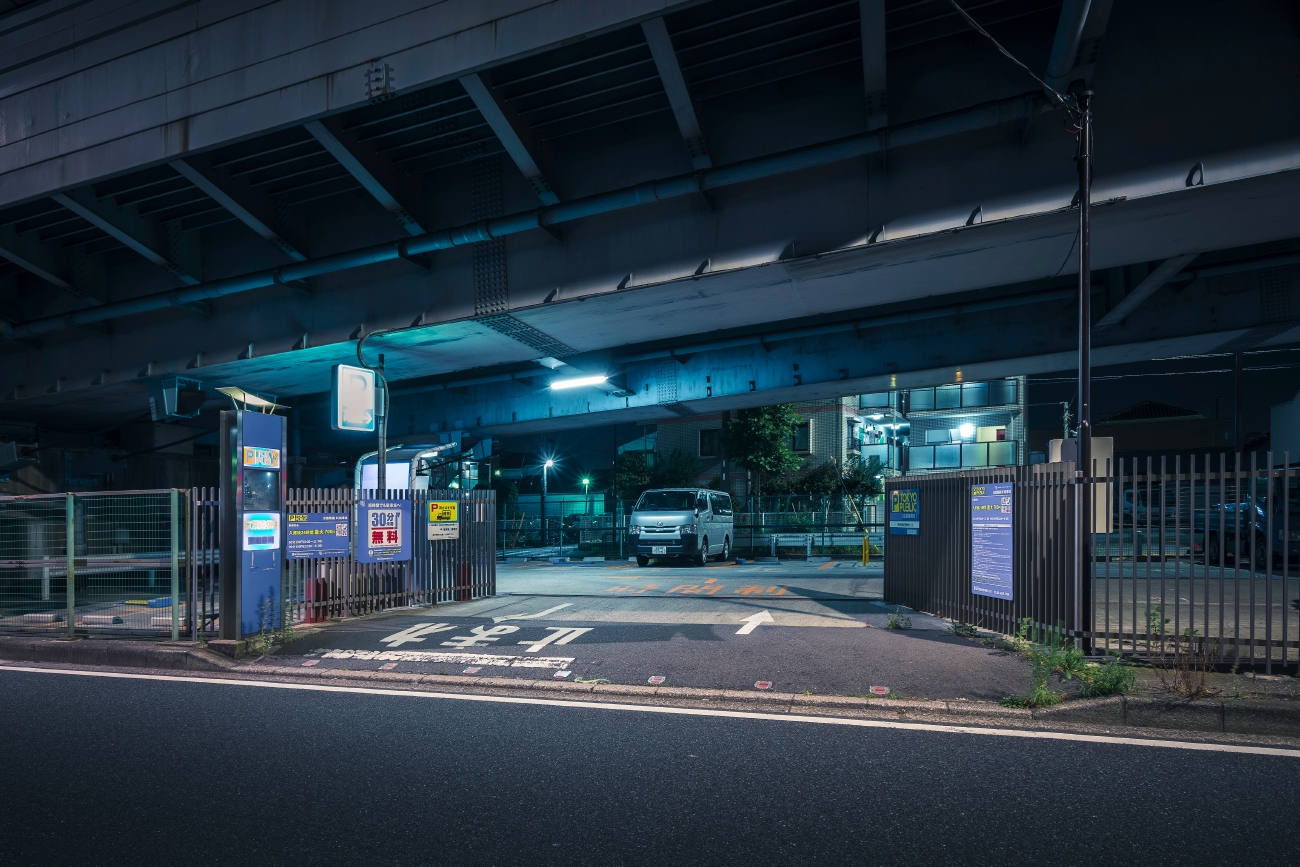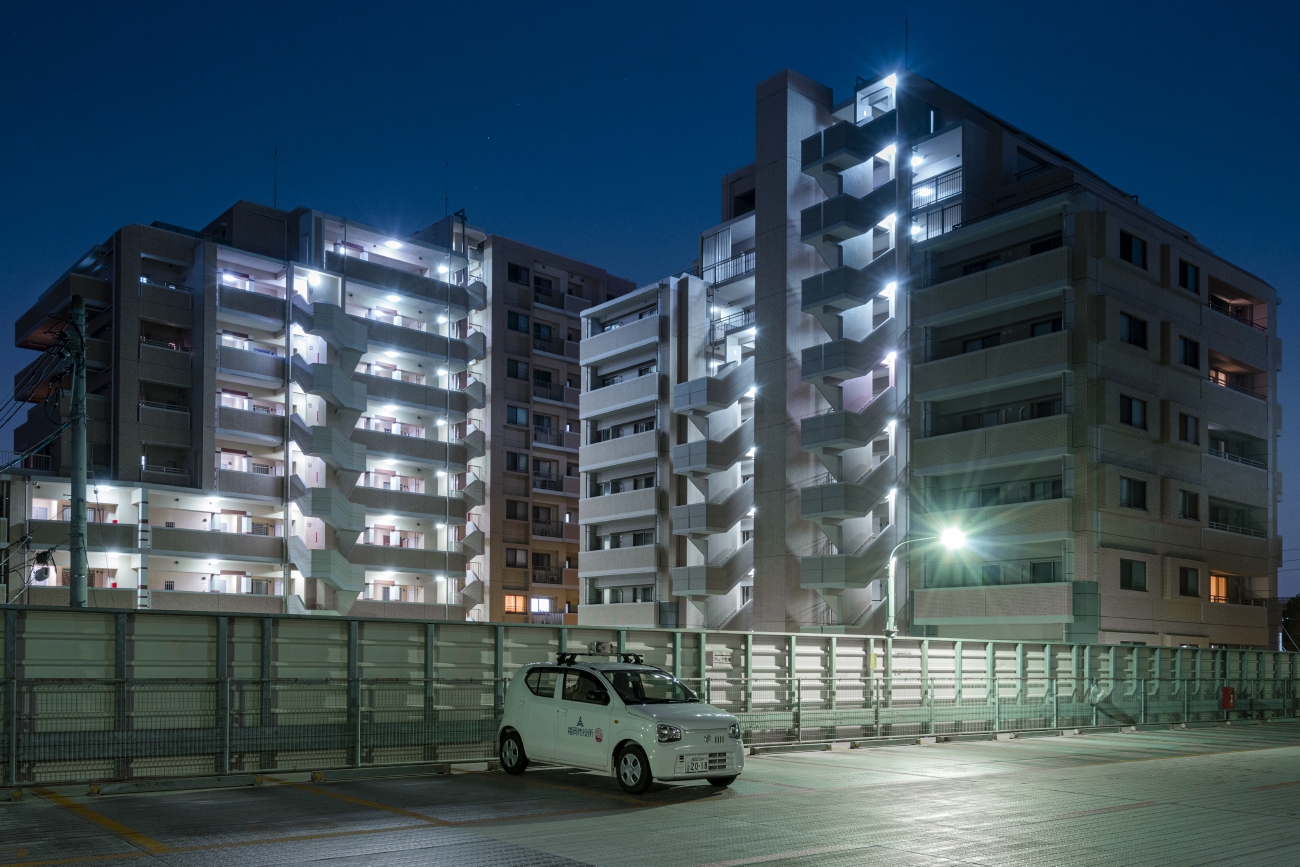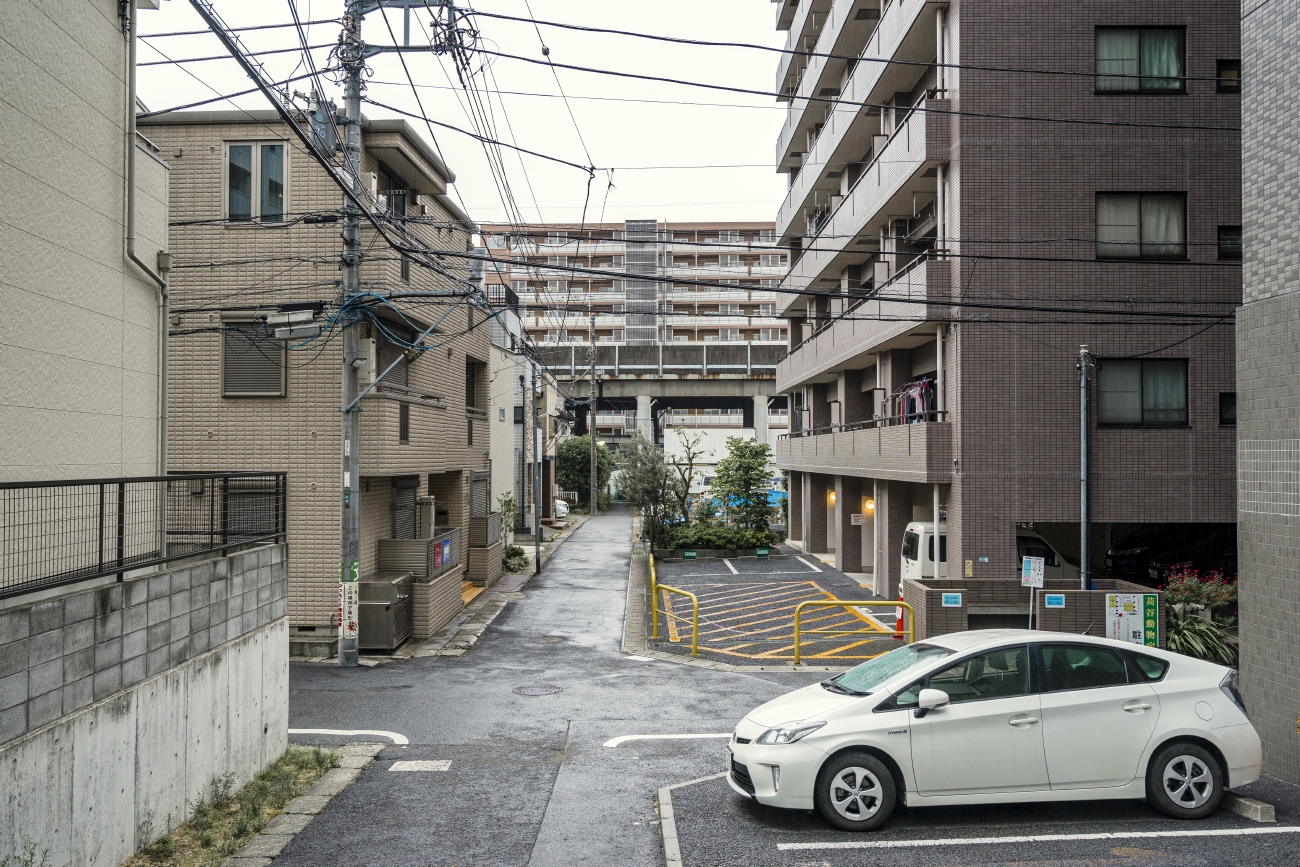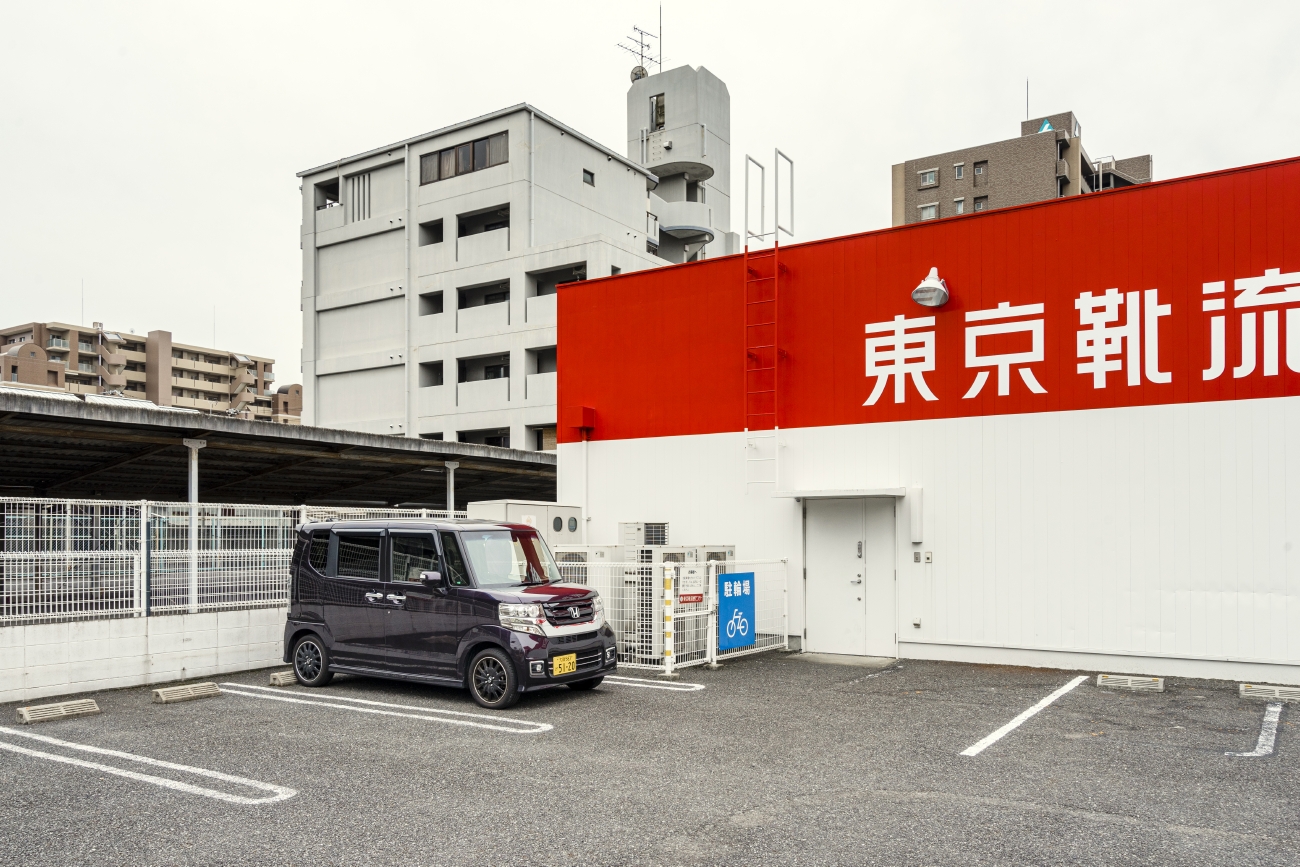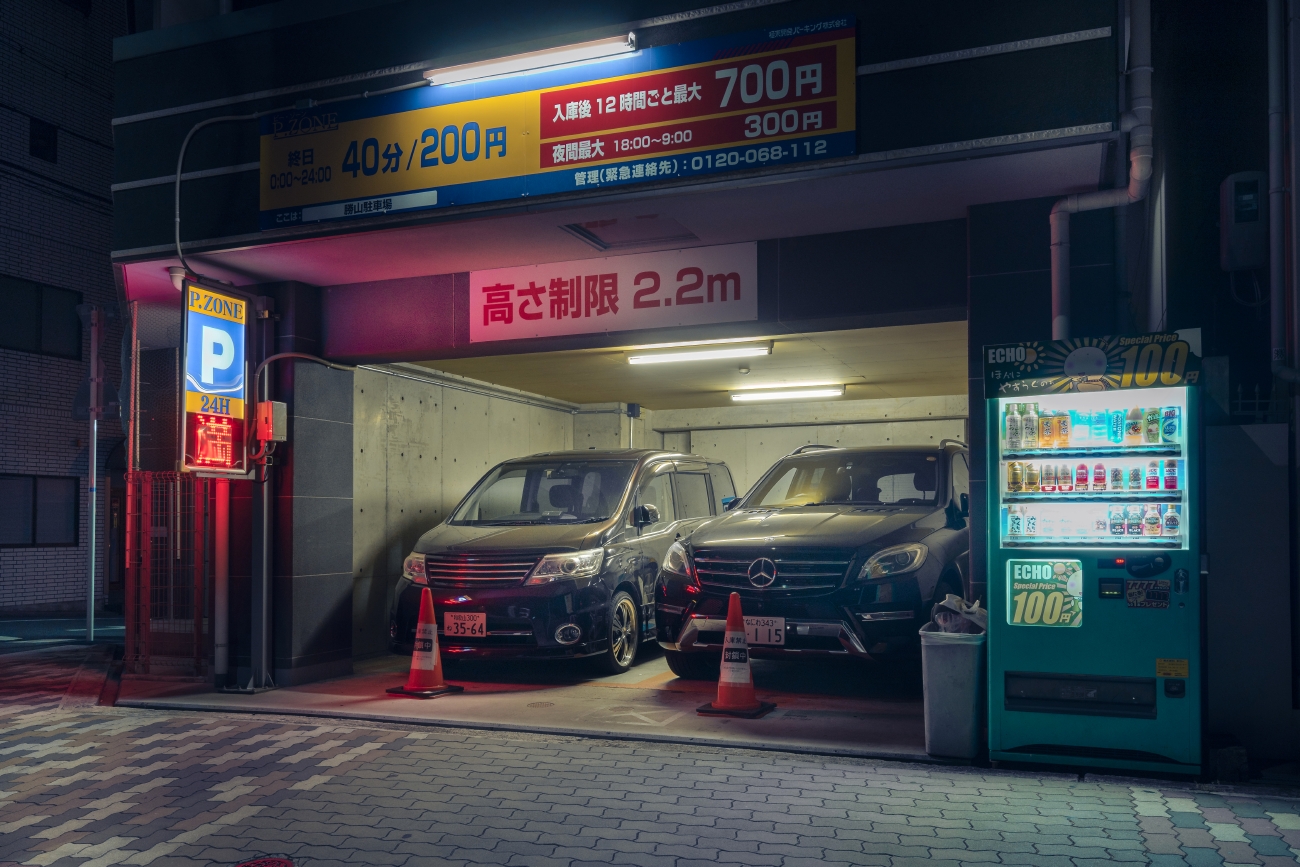車 Kuruma
How car parking issues have reshaped urban planning in Japan
Photo by Alessandro Zanoni
At the end of the 1980s, at the height of the economic boom, for most people in Japan the car was an essential status symbol. So much so that for many years having a luxury car was considered more important than having a beautiful home. In fact, it was not unusual to see big, expensive cars parked outside less well-to-do tenement blocks.
Today things have changed and the new generations that live in the cities feel less of a need to own a car.
Public transport is certainly efficient, but the main disincentive to car ownership is the lack of space in such high-density living areas. In Japan it isn’t possible to park by the roadsides and if you don’t have access to a parking space, then you aren’t even eligible to buy a car. At the moment of purchase, in fact, detailed information is requested about where the car will be parked: a map or rental contract for a parking space must be presented otherwise the civil motoring authority will reject the purchase.
(2020)
A fully-fledged market exists for parking spaces and those who own a small piece of land can offer it for rental for that purpose. The lack of space has made automobile manufacturers remodel their cars based on necessity, leading to a return of the kei cars: versatile vehicles, often electric, that are no longer than two metres and no wider than one and a half meters. While, in the 1980s these almost completely disappeared, today the kei cars make up almost 40% of the market where, in cities like Tokyo and Osaka, letting a parking space can yield more than letting an apartment (especially considering that a parking space requires little to no maintenance).
All of this is changing the urban aesthetic of Japan’s cities, populated by thousands of small cars parked in scrupulously authorized spaces. The lack of space in 21st century cities that are overcrowded (and increasingly “smart”) is already a widespread problem in every continent: could Japan then be showing the way forward?
